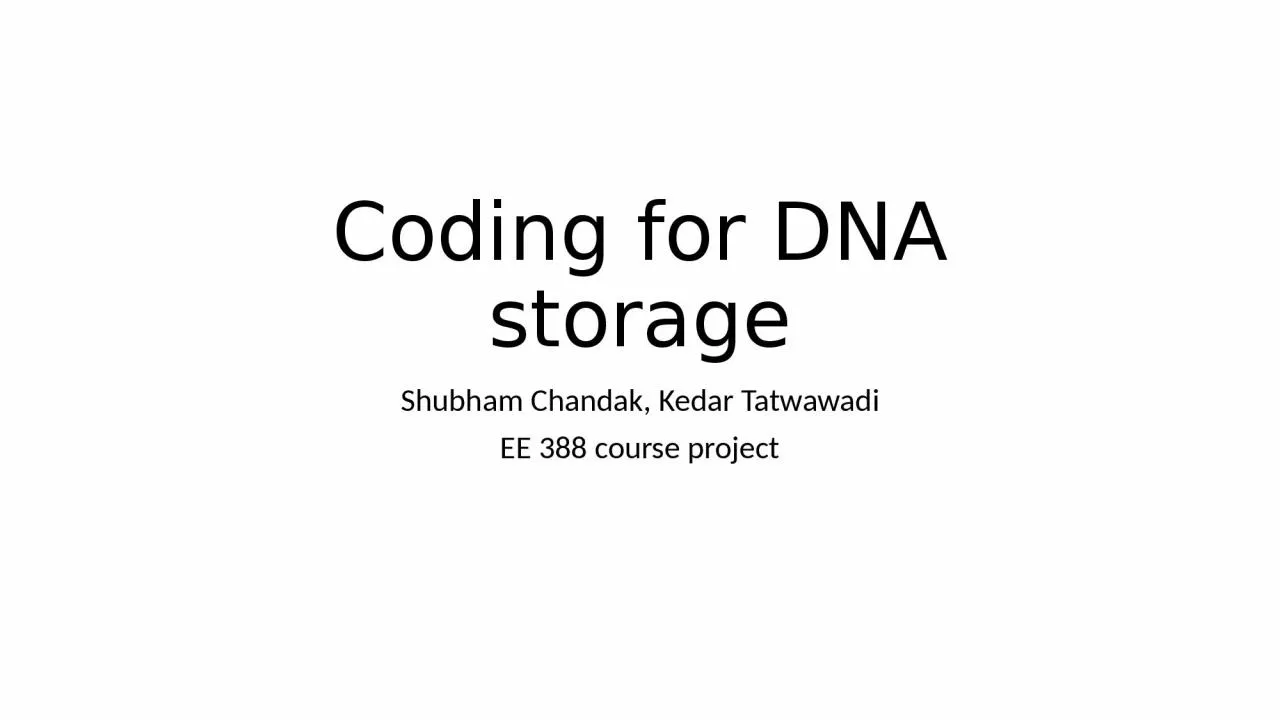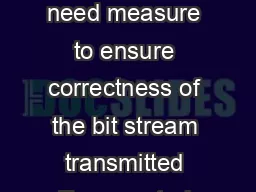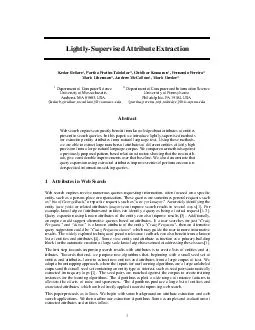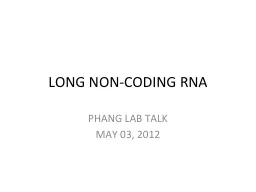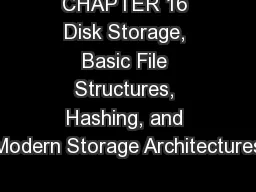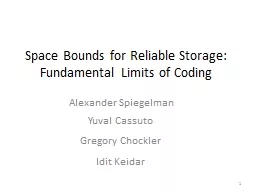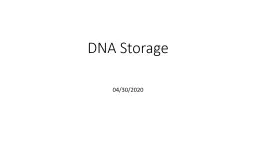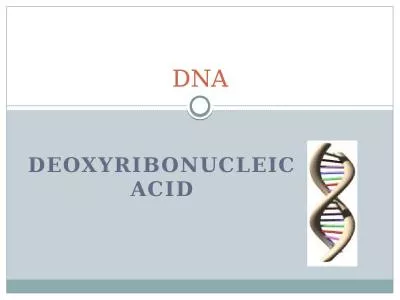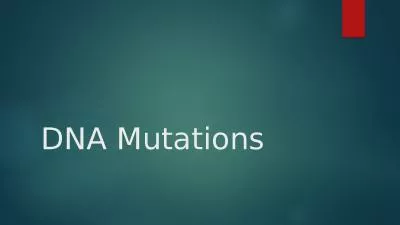PPT-Coding for DNA storage Shubham Chandak, Kedar Tatwawadi
Author : amey | Published Date : 2023-07-09
EE 388 course project Outline DNA storage model Capacity computation Two coding strategies Experimental results Conclusion and future work DNA storage DNA as a storage
Presentation Embed Code
Download Presentation
Download Presentation The PPT/PDF document "Coding for DNA storage Shubham Chandak, ..." is the property of its rightful owner. Permission is granted to download and print the materials on this website for personal, non-commercial use only, and to display it on your personal computer provided you do not modify the materials and that you retain all copyright notices contained in the materials. By downloading content from our website, you accept the terms of this agreement.
Coding for DNA storage Shubham Chandak, Kedar Tatwawadi: Transcript
Download Rules Of Document
"Coding for DNA storage Shubham Chandak, Kedar Tatwawadi"The content belongs to its owner. You may download and print it for personal use, without modification, and keep all copyright notices. By downloading, you agree to these terms.
Related Documents

